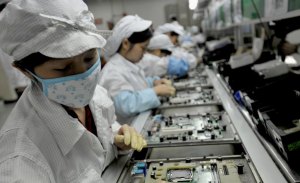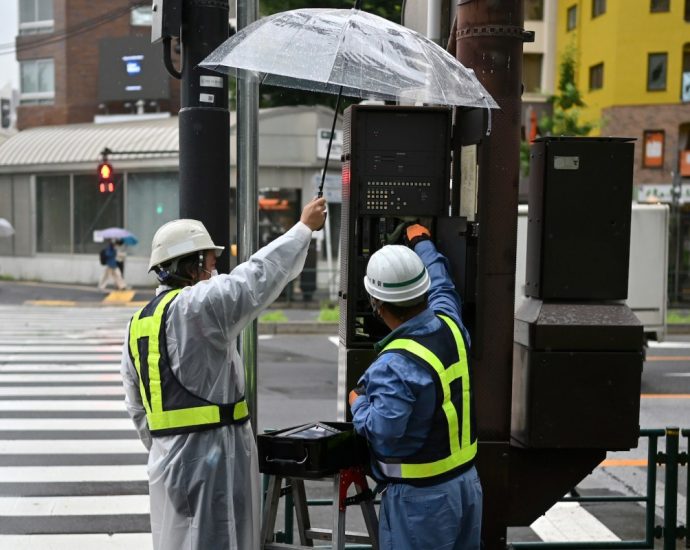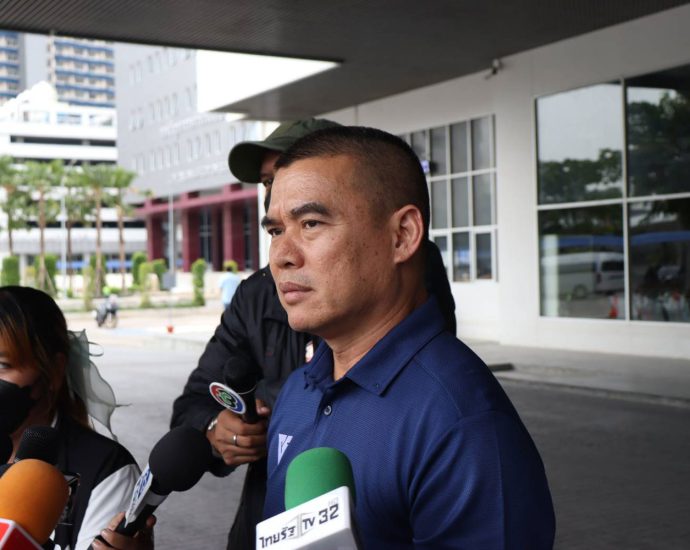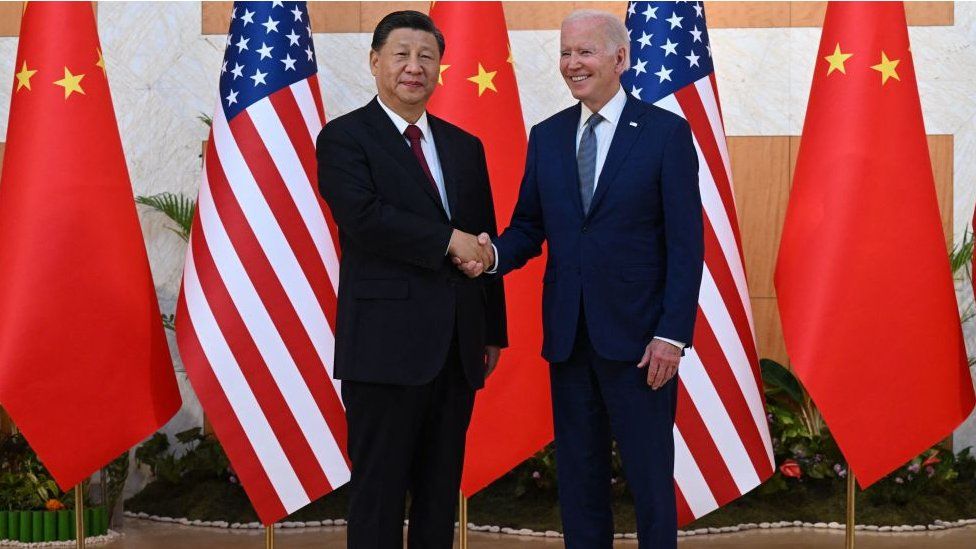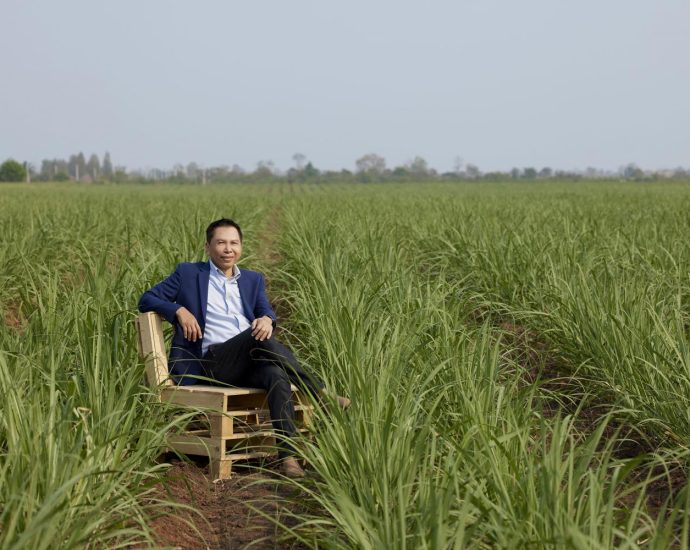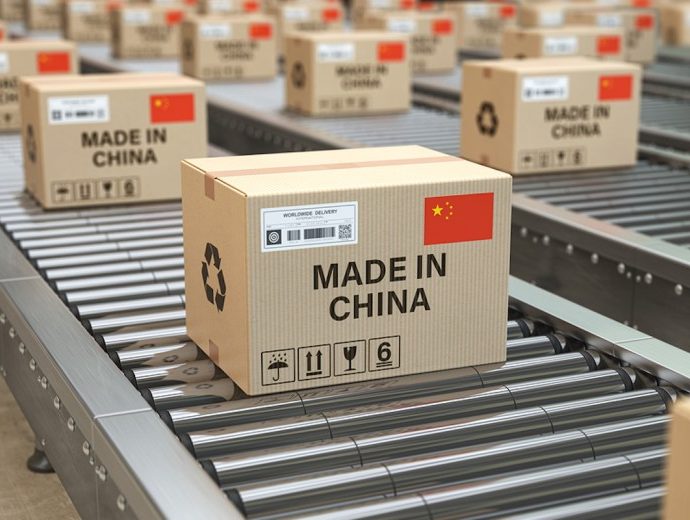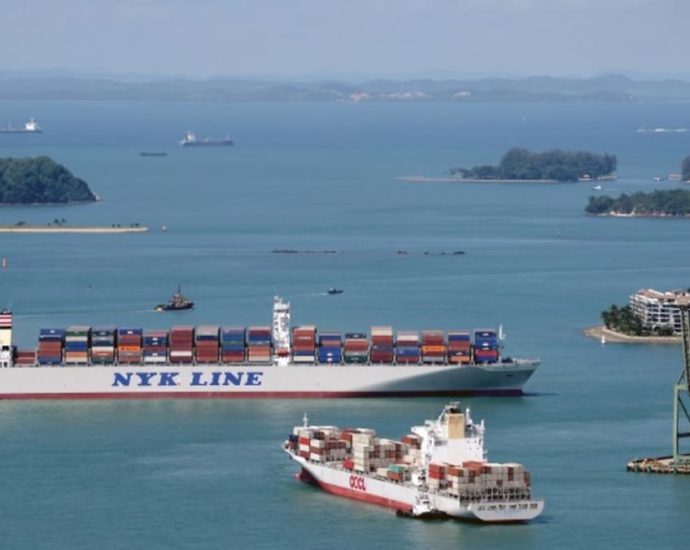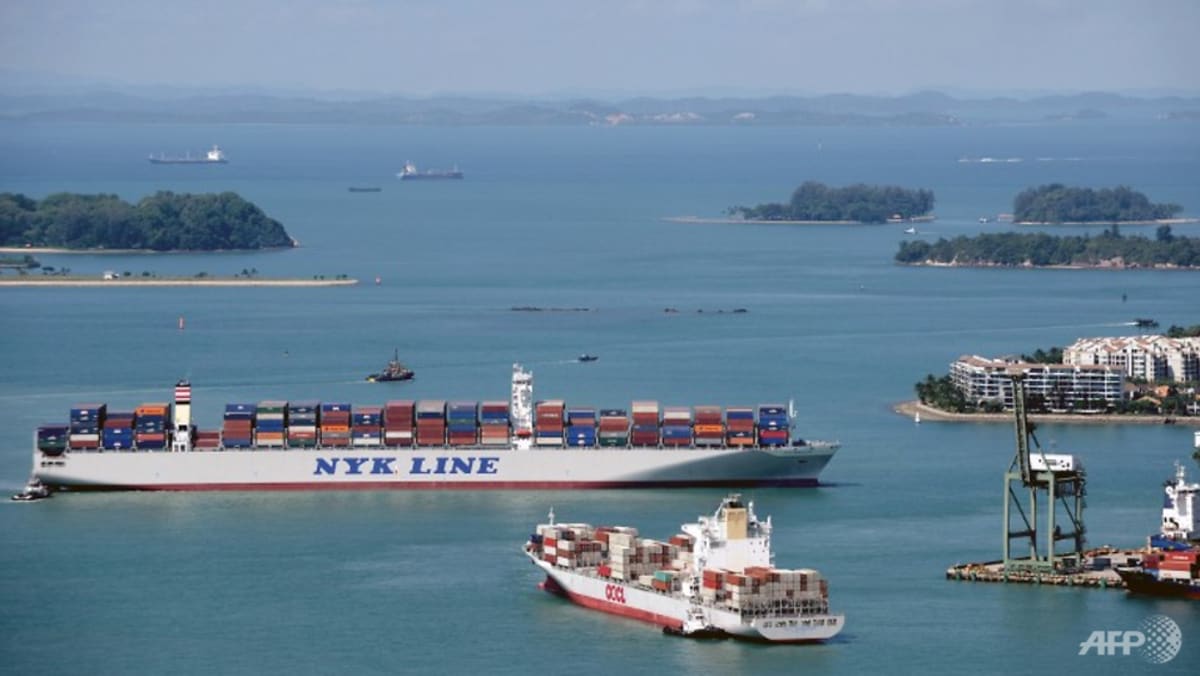US friend-shoring hurts China’s industrial profits

Chinese industrial firms made lower profits in the first quarter than a year ago as the United States’ “near-shoring” and “friend-shoring” strategy has started showing a negative impact on the Chinese manufacturing sector.
China’s industrial firms’ profits fell 21.4% year-on-year to 1.52 trillion yuan ($220 billion) in the first three months from 1.93 trillion yuan a year ago, the National Bureau of Statistics said Thursday. The year-on-year decline was 22.9% in the first two months of this year.
Of the 413 billion yuan drop in industrial profits in the first quarter, the computers, telecommunication and other electronic equipment sector contributed 20%. The rest was attributable to the chemical, metal and oil refinery industries, which are more sensitive to changes in commodity prices.
Manufacturers of computers, telecommunication and other electronic equipment saw their revenue down 6.4% to 3.24 trillion yuan in the first quarter from a year earlier while their profits contracted 57.5% to 60.73 billion yuan.
Chinese officials concluded that the shrinking profits were a result of weak external demand but some analysts suggested that the problem is more of a structural one.
Zhang Zhongjie, an economist at Huajin Securities, writes in a research report that the export of electronic products has regained its growth momentum in the first quarter of 2023 from the fourth quarter of last year after China ended its zero-Covid policy last December. He says, however, the recovery was slowed by the protectionist US policy.
Zhang Yansheng, chief researcher at the China Center for International Economic Exchanges, has recently said on two occasions that the decline in China’s industrial profits was caused by not only a slowing external demand but also the restructuring of the US supply chains.
“At present, the biggest challenge for China’s foreign trade is the decoupling of the Sino-US supply chain,” Zhang says. “In 2018, the US used trade disputes to push forward ‘re-shoring’ and ’near-shoring,’ and now it is promoting ‘friend-shoring’ to achieve its decoupling goal.”
He notes that the US has recently forced its companies to reduce their purchases in China while some traditional foreign customers have also encouraged Chinese manufacturers to relocate to some Southeast Asian and South Asian countries.
“Geopolitics can cause huge and far-reaching damage to the stability of the global supply chain, and this will have a major impact on China’s future foreign trade situation,” he says. “China is now selling more and more intermediate products to South and Southeast Asia, Eastern European and Mexico, which will do the processing and assembly and then ship the end products to the US and Europe.”
Zhang says China can boost industrial profits by strengthening its research and development to fight for high-value manufacturing orders, and also partnering with overseas scientists, engineers and entrepreneurs to sell professional services.
Since the Sino-US trade war began in 2018, US officials have pushed forward a “re-shoring” and “near-shoring” strategy, encouraging companies to produce their goods in Mexico and the US.
In June last year, the Biden administration said it would waive tariffs on solar panels imported to the US from Cambodia, Malaysia, Thailand and Vietnam for 24 months. The move provided incentives for Chinese solar panel suppliers to move to these four countries.
Last November, Treasury Secretary Janet Yellen visited India to promote the US “friend-shoring” drive, which will also benefit Vietnam and Indonesia.
Auto, metal and energy sectors
Meanwhile, other industries performed differently in terms of their profitability during the first quarter.
Automakers recorded a 1.3% growth in revenue to 2.14 trillion yuan but their profits contracted 24.2% to 81.9 billion yuan due to a price war in the sector. In March, their profits climbed 9.1%, in sharp contrast to a decrease of 41.7% in the January-February period.
Many metal suppliers and oil refiners recorded shrinking profits as the selling prices of their products fell faster than their raw materials. The electricity and thermal supplying sector recorded a 49% growth in profit while the electrical machinery and equipment manufacturing sector saw a 27.1% profit growth.
“Overall, the profit drop of Chinese industrial firms remains significant while the scope of profit losses for some companies is large,” NBS statistician Sun Xiao said in a media briefing on Thursday. “Hopefully, the easing of raw material prices will help improve the profitability of Chinese firms.”
Sun added that China has seen some signs of recovery in March when industrial profits dropped only 19.2% year-on-year, compared with a slump of 22.9% in the first two months.
To accelerate the recovery of industrial profits, Sun urged efforts to expand market demand, perk up confidence and give enterprises reason to feel positive about the future.
On Wednesday, the General Office of the State Council issued a circular laying out measures to improve the scale and structure of foreign trade to ensure its stable and high-quality growth.
Governments at all levels should promote the full resumption of important domestic offline expos for better supply and purchase matchmaking, and facilitate cross-border business personnel exchanges, according to the circular.
Efforts will be made to enhance market development services to stabilize exports to developed economies and guide enterprises to further develop markets in developing countries, ASEAN and other regional markets.
The circular came after some Chinese manufacturers said they met fewer buyers from Europe and the US at the Canton Fair, the largest trade show in China, which is being held in Guangzhou between April 15 and May 5.
They said they saw more buyers from Latin America, Africa, Southeast Asia and Russia but these customers may provide lower margins.
Read: US sanctions turn away Canton Fair’s Western buyers
Follow Jeff Pao on Twitter at @jeffpao3

